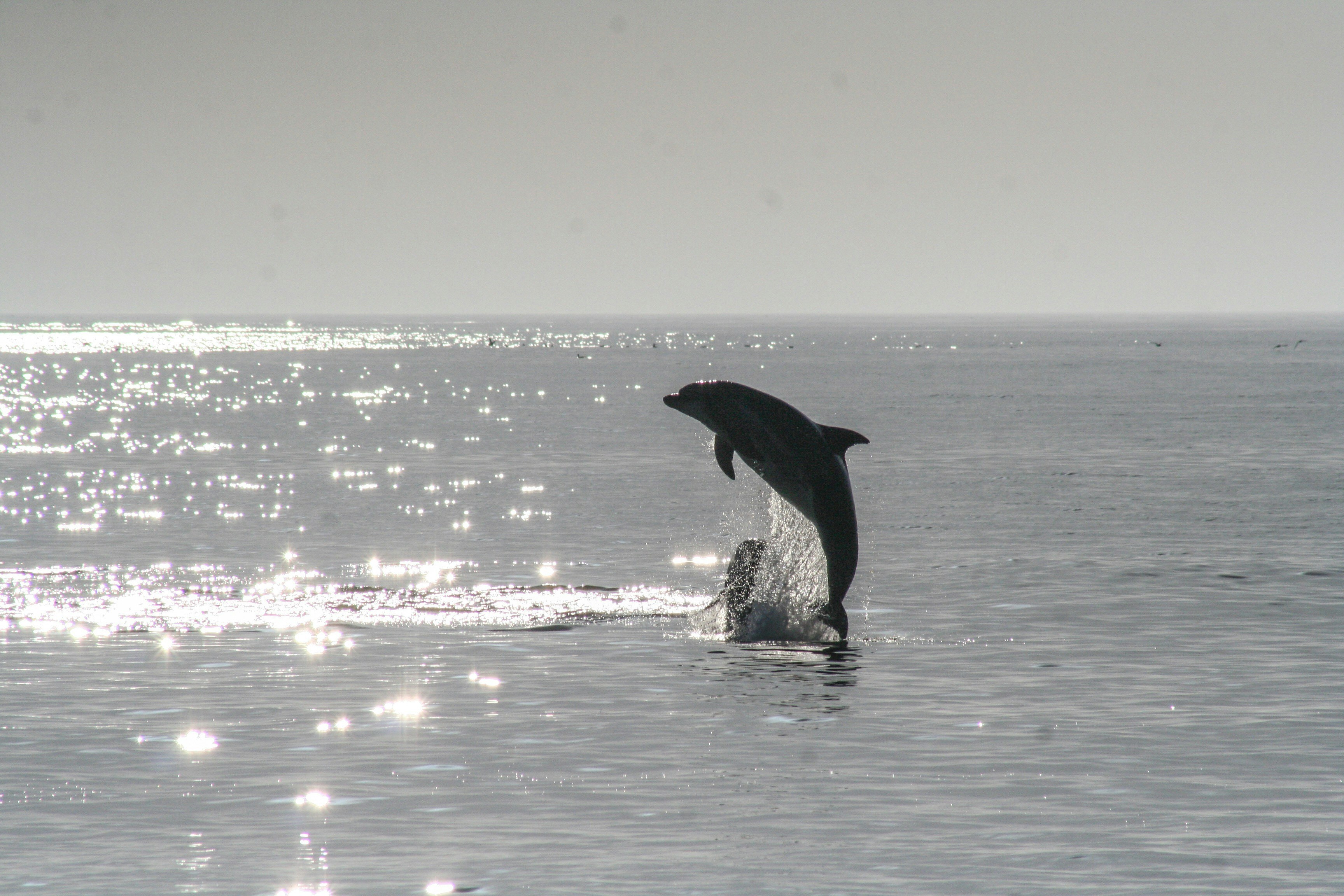Media release
From:
Microplastics detected in dolphin breath
U.S. study suggests dolphins could be exposed to potentially harmful microplastics through inhalation
U.S. researchers have detected microplastic particles in air exhaled by wild bottlenose dolphins, suggesting that inhalation may be a relevant route of exposure to these potentially harmful contaminants. Miranda Dziobak of the College of Charleston in South Carolina, U.S., and colleagues present these findings in the open-access journal PLOS ONE on October 16, 2024.
Around the world, humans and numerous other animals are exposed to tiny particles of plastic contaminants known as microplastics. In humans and rodents, microplastic exposure has been linked to adverse health impacts, such as oxidative stress and inflammation. Ingestion of foods contaminated with microplastics is a major route of exposure for both humans and wildlife, and inhalation of airborne microplastics has been linked to adverse health effects in humans.
However, few studies have examined inhalation as a potential route of microplastic exposure for wildlife. Now, this research team has collected samples of exhaled air from five bottlenose dolphins in Sarasota Bay, Florida, and six bottlenose dolphins in Barataria Bay, Louisiana during catch-and-release health assessment studies. To capture the air, they held a collection surface over or just above each dolphin’s blowhole as it exhaled.
Analysis of the collected air showed that all 11 dolphins had at least one suspected microplastic particle in their breath. Further analysis of the exhaled microplastic particles showed that they included both fibers and fragments and included several types of plastic polymers, including polyethylene terephthalate (PET), polyester, polyamide, polybutylene terephthalate, and poly(methyl methacrylate), also known as PMMA.
For comparison, the research team had also sampled the surrounding air near the dolphins, allowing them to confirm that the detected microplastics were not just airborne near the blowholes but were actually exhaled.
These results support the idea that inhalation could be another key route of microplastic exposure for dolphins, alongside ingestion. However, the authors note that their findings are preliminary, and that further research will be needed to better quantify the degree of inhalation exposure to various types of microplastics among bottlenose dolphins, as well as to determine the potential impacts on dolphins’ health, such as the possibility of lung damage.
The authors add: “We know that microplastics are floating around in the air, so we suspected that we would find microplastics in breath samples. We are concerned by what we are seeing because dolphins have a large lung capacity and take really deep breaths, so we are worried about what these plastics could be doing to their lungs.”
Multimedia




 International
International



